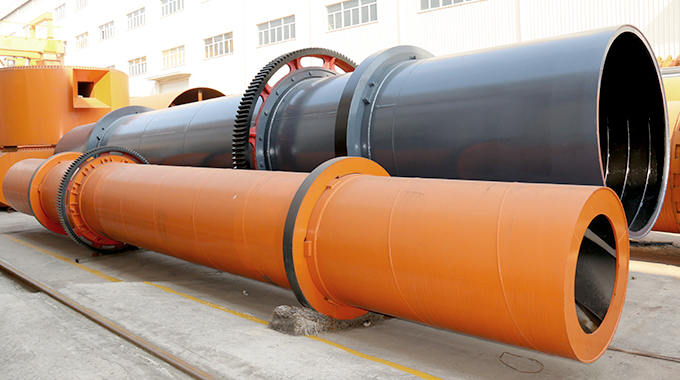Industrial and municipal sludge usually contains 80%–90% water, making it heavy and hard to transport. It also smells bad and can pollute soil and water. These problems make sludge handling difficult.
To solve these issues, sludge dryers have become one of the most effective and widely used solutions.
What is a sludge dryer?
A sludge dryer (also known as a slurry dryer) is a high-efficiency machine designed to handle sludge with high moisture and viscosity. It can reduce sludge moisture from 80%–90% to less than 10%.
This machine is commonly used in municipal wastewater treatment, industrial sludge drying, chemical plants, pharmaceutical factories, paper mills, electroplating factories, food factories, and more. A sludge dryer is essential for turning waste into useful material.
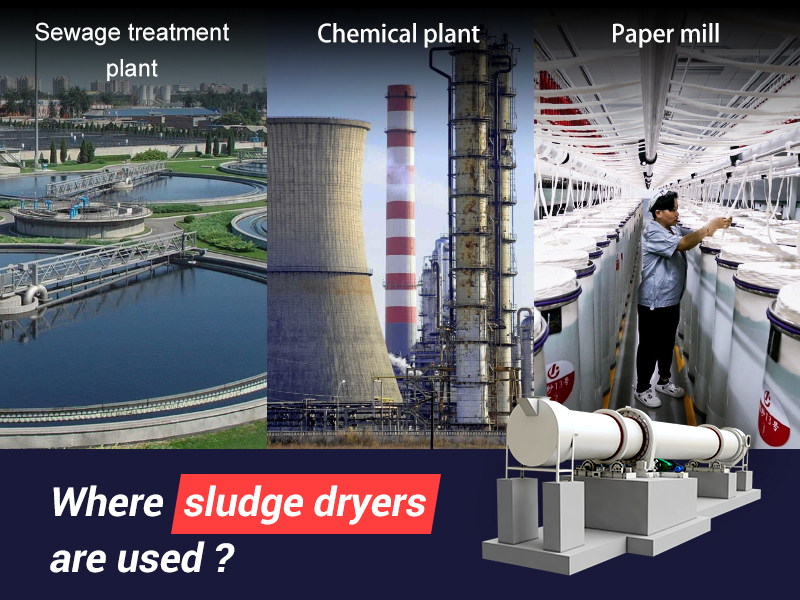
Applicable sludge types:
- Domestic sludge / municipal sludge/sewer sludge
- Chemical plant sludge / paper mill sludge
- River dredging sludge
- Oily sludge / red mud
- Paint sludge / firework sludge, etc.
Dried sludge is used as clean fuel, organic fertilizer, or eco-friendly building filler — turning waste into value while cutting disposal costs and protecting the environment.
Main structure of the sludge dryer
The sludge drying system is compact and efficient. It includes the feeding system, drying drum, support device, drive unit, and other auxiliary equipment like feeder, conveyor, induced draft fan, hot air furnace, and dust collector.
These parts work together in a complete sludge dryer wastewater treatment setup.
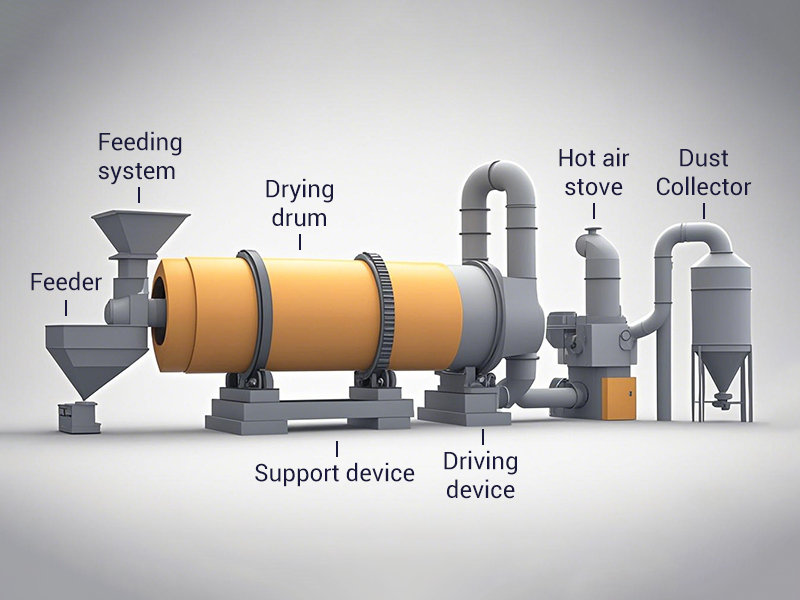
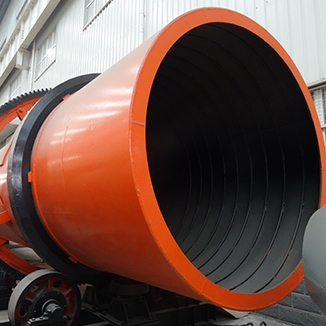
1. Drying drum (Main body)
The drying drum is a horizontal rotary structure, installed with a 5% incline to aid material flow. At the feeding end, spiral plates guide wet sludge smoothly into the drum. Inside, lifters at angles like 90°, 135°, and 150° toss the sludge evenly into the hot airflow, enhancing heat contact and sludge drying efficiency. A retaining ring at the discharge end controls sludge retention time and flow speed.
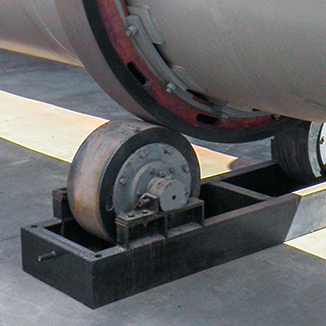
2. Support system
The support system includes riding rings, rollers, and thrust rollers. Riding rings are fixed on the outer drum wall and rotate with it. The rollers support the entire weight of the drum, while thrust rollers, with a 5 mm clearance angle, prevent axial movement. This ensures safe, stable operation of the sludge dryer during continuous sludge drying processes.
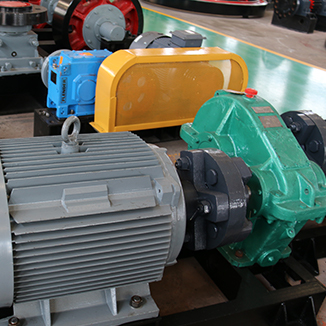
3. Drive system
The drive unit consists of a motor, reducer, large gear, and pinion gear. The motor drives the reducer via a belt, transmitting power to the pinion, which meshes with the large gear on the drum to rotate it. The system offers smooth, low-noise operation and low energy consumption. Optional variable frequency control allows precise speed adjustment
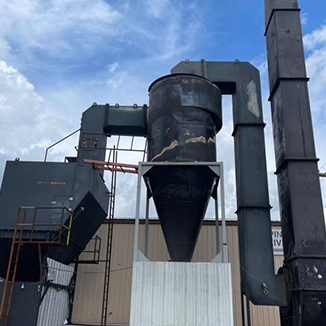
4. Auxiliary equipment
Auxiliary systems include a feeder, feed conveyor, discharge conveyor, induced draft fan, hot air furnace, and dust collector. The feeder and conveyor deliver wet sludge to the main dryer. The furnace provides consistent heat using gas, biomass, or steam. The fan circulates hot air through the drum, and dust collectors—cyclone or bag filters—remove particles. Dried sludge is then conveyed for storage or reuse.
Supported heat sources for sludge drying
FTM Machinery, one of the experienced sludge dryer manufacturers, offers machines compatible with various heat sources. Our thermal dryers are energy-efficient and support different fuel types for better project flexibility.
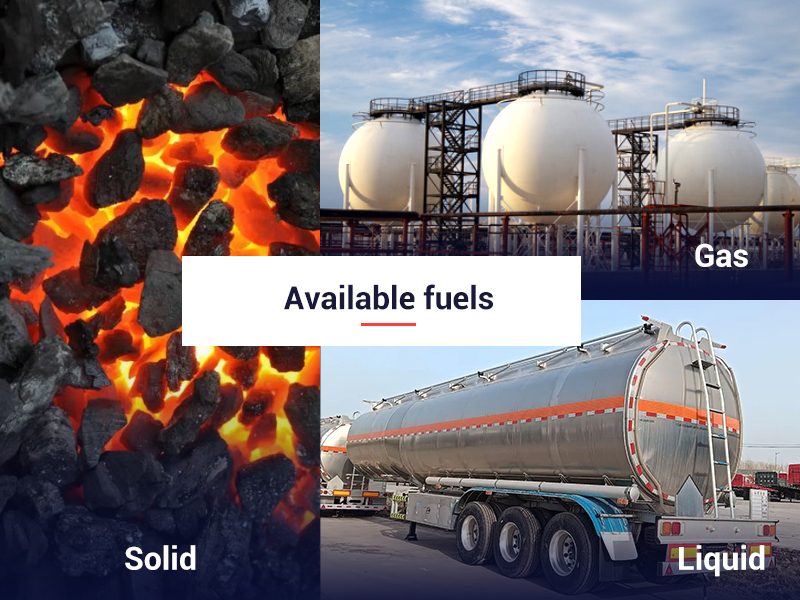
Available fuels:
- Solid fuel: coal, biomass pellets, rice husk, wood
- Gas fuel: natural gas, biogas, coal gas, liquefied petroleum gas, waste heat gas, steam
- Liquid fuel: diesel, heavy oil, bio-oil
Fuel selection tips: Use natural gas in cities with strict emissions. Biomass fits rural or agricultural areas. Steam is great for facilities with central heat supply.
FTM Machinery provides tailored fuel systems based on local energy conditions and policy. Our solutions ensure consistent heat and smooth thermal drying performance. Get Your Custom Solution
Why choose FTM Machinery sludge Dryer?
- High drying efficiency: Handles sticky, oily, sandy sludge. Up to 85% thermal efficiency.
- Custom capacity: 1.9–76 t/h. Reduces sludge volume by 60%–80%.
- All-weather design: Rock wool insulation and galvanized shell. Rainproof, corrosion-resistant, and insulated. Ideal for humid and rainy areas.
- Durable structure: Drum made from high-grade alloy steel. Support parts are wear- and impact-resistant. Service life over 10 years.
- Excellent sealing: Stainless steel seal plates are heat-resistant, adapting well to drum movement. No leaks.
- Eco-friendly: Fully enclosed body and multi-stage exhaust filtering. No odor or dioxin emissions.
- Multiple fuel options: Supports coal, oil, gas, etc. Low fuel consumption, no air leakage, complete combustion, and drying costs are only one-third of similar products.
- Full technical support: One-on-one equipment selection, installation guidance, operation training, and after-sales service. We support your project from start to finish.
The following are the main technical parameters of our sludge dryer: Get the Latest Price
| Spec./m(Dia.×Length) | Shell Cubage(m³) | Capacity(t/h) | Highest Inlet Air Temperature(℃) |
| Φ1.2×8.0 | 9.0 | 1.9–2.4 | 700–800 |
| Φ2.2×12 | 45.6 | 9.7–12.2 | 700–800 |
| Φ2.4×20 | 90.4 | 19.3–24.1 | 700–800 |
| Φ3.0×20 | 141.3 | 30.1–37.7 | 700–800 |
| Φ3.6×28 | 285 | 60.8–76.0 | 700–800 |
How does a sludge dryer work?
This is how a sludge dryer achieves continuous and efficient sludge drying using thermal drying principles.
Wet sludge is fed into the rotary drum by a conveyor. As the drum slowly rotates, the sludge moves forward due to gravity.
Inside the drum, lifting plates continuously raise and drop the sludge, mixing it with hot air. This allows full heat exchange through both the drum wall and the airflow. The sludge dries evenly and is discharged from the end.
Customer case studies – sludge dryer applications
A wastewater sludge plant in eastern Australia had long struggled with wet sludge containing up to 85% moisture. Its sticky texture made transport expensive and treatment inefficient.
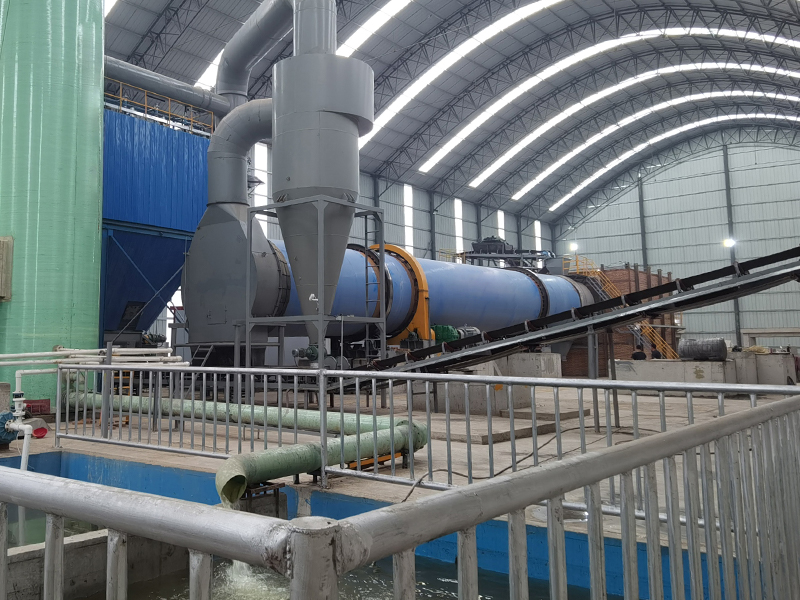
To address this, the plant adopted a sludge dryer system powered by natural gas. Moisture was reduced from 85% to below 10%. This greatly improved plant efficiency and turned waste into usable resources for nearby farms.
Project results:
- Over 80% moisture removed
- Annual transport and landfill costs cut by 50%+
- Dried sludge reused as fertilizer for local farms
- Clean emissions met all local environmental standards
FTM Machinery sludge dryers are now in successful operation in countries like Mexico, Chile, Colombia, and Vietnam, with highly positive customer feedback.
Frequently asked questions about sludge rotary dryers
1. What sludge dryer is best for factories?
- The most suitable sludge dryer for factories is the single drum indirect heat dryer. It uses internal pipes for indirect heat transfer, preventing material contact with flames and avoiding contamination. This dryer efficiently processes organic waste, meets strict environmental standards, reduces emissions, and ensures safe drying. It's ideal for drying chemical materials and easily contaminated substances.
2. How long does it take to dry sludge using a rotary sludge dryer?
- The drying time in a rotary sludge dryer depends on the sludge's initial and final moisture content, material type, and heat source. The process is continuous, with uninterrupted feeding, drying, and discharge, making it ideal for large-scale, efficient thermal drying applications.
3. Can dried sludge be used again?
- Yes, dried sludge can be turned into fuel, fertilizer, or materials. This changes waste into useful items, saving money and reducing trash.

